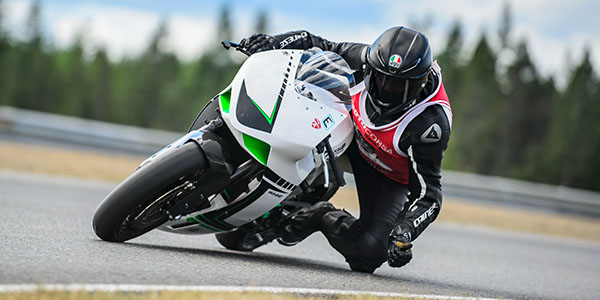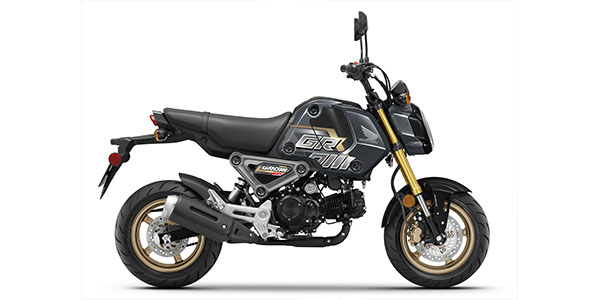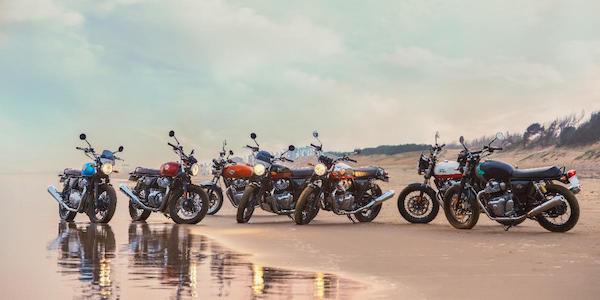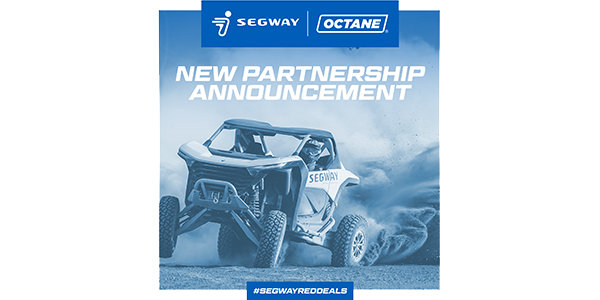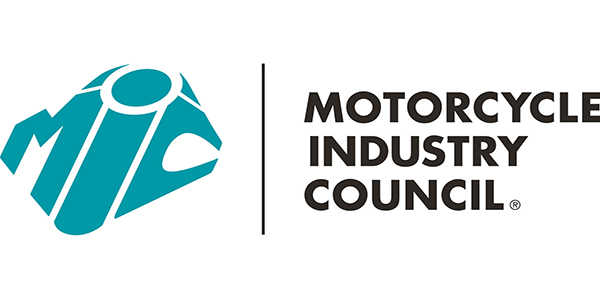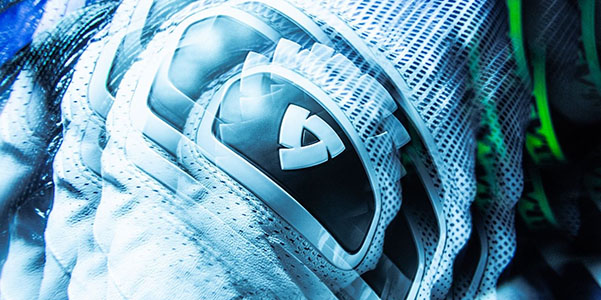In research that may surprise off-road riding enthusiasts and safety
experts, a Johns Hopkins team has found that crashes involving ATVs are significantly more dangerous
than crashes involving two-wheeled off-road motorcycles, such as those
used in extreme sports like Motocross.
The research, to be
presented at the American College of Surgeons’ 2010 Clinical Congress
in Washington, D.C., this week, found that victims of ATV crashes were
50 percent more likely to die of their injuries than similarly injured
victims of off-road motorcycle crashes. ATV victims were also 55
percent more likely than injured motorcyclists to be admitted to a
hospital’s intensive-care unit and 42 percent more likely to be placed
on a ventilator.
“There’s a belief that four wheels must be
safer than two,” says Cassandra Villegas, M.P.H., a research fellow at
the Johns Hopkins Center for Surgery Trials and Outcomes. “But we found
the opposite. People involved in ATV crashes are more likely to die or
suffer serious trauma.”
The growing popularity of off-road
vehicles in the United States has led to a steep rise in the number of
injuries resulting from their use. In 2000, Villegas notes, there were
92,200 injuries involving ATVs or off-road motorcycles; in 2007, the
last year for which data is available, there were 150,900 injuries. But
little rigorous research has been done to determine which vehicles may
be riskier than others.
ATVs and off-road motorcycles are
designed for recreational use, not use on city streets, and typically
are ridden on trails, sand dunes and other rough terrain.
In
the first study to compare the severity of injuries sustained by ATV
versus off-road motorcycle riders, Villegas and senior author Adil H.
Haider, M.D., M.P.H., an assistant professor of surgery at Johns
Hopkins, reviewed data on nearly 60,000 patients who suffered an injury
after a crash involving one of the vehicles between 2002 and 2006.
The
researchers say they don’t know why ATV crashes lead to greater injury
and mortality, noting they cannot trace the differences solely to
helmet use even though 60 percent of motorcyclists were wearing helmets
as compared to 30 percent of those in ATV crashes. Even when both types
of riders had been wearing helmets, ATV riders still experienced worse
injuries and outcomes than motorcyclists, Villegas says. Only a few
states have laws requiring the use of a helmet when riding an ATV, says
Villegas, and while motorcycle helmet laws are also determined by
states, many more have helmet-use laws for motorcycles.
The
researchers say it’s possible that ATV riders wear less protective
clothing than off-road motorcyclists when they head out, sometimes
little more than shorts and a T-shirt. Another contributing factor
could be the significant weight of ATVs, which can cause severe crush
injuries when they land atop victims and lead to a greater likelihood
of internal organ or extremity damage, Villegas says.
Villegas
says that these findings may allow parents, legislators, educators and
those in the ATV industry to make better decisions about the use of the
off-road vehicles. She also says that studies like these could help ATV
manufacturers design and implement increased safety technology in ATVs,
similar to how automobile manufacturers have used research to make
safer cars and trucks.
Hopkins researchers Stephen M. Bowman,
Ph.D.; Eric B. Schneider, Ph.D.; Elliott R. Haut, M.D.; Kent A.
Stevens, M.D., M.P.H.; and David T. Efron, M.D., contributed to this
study.

